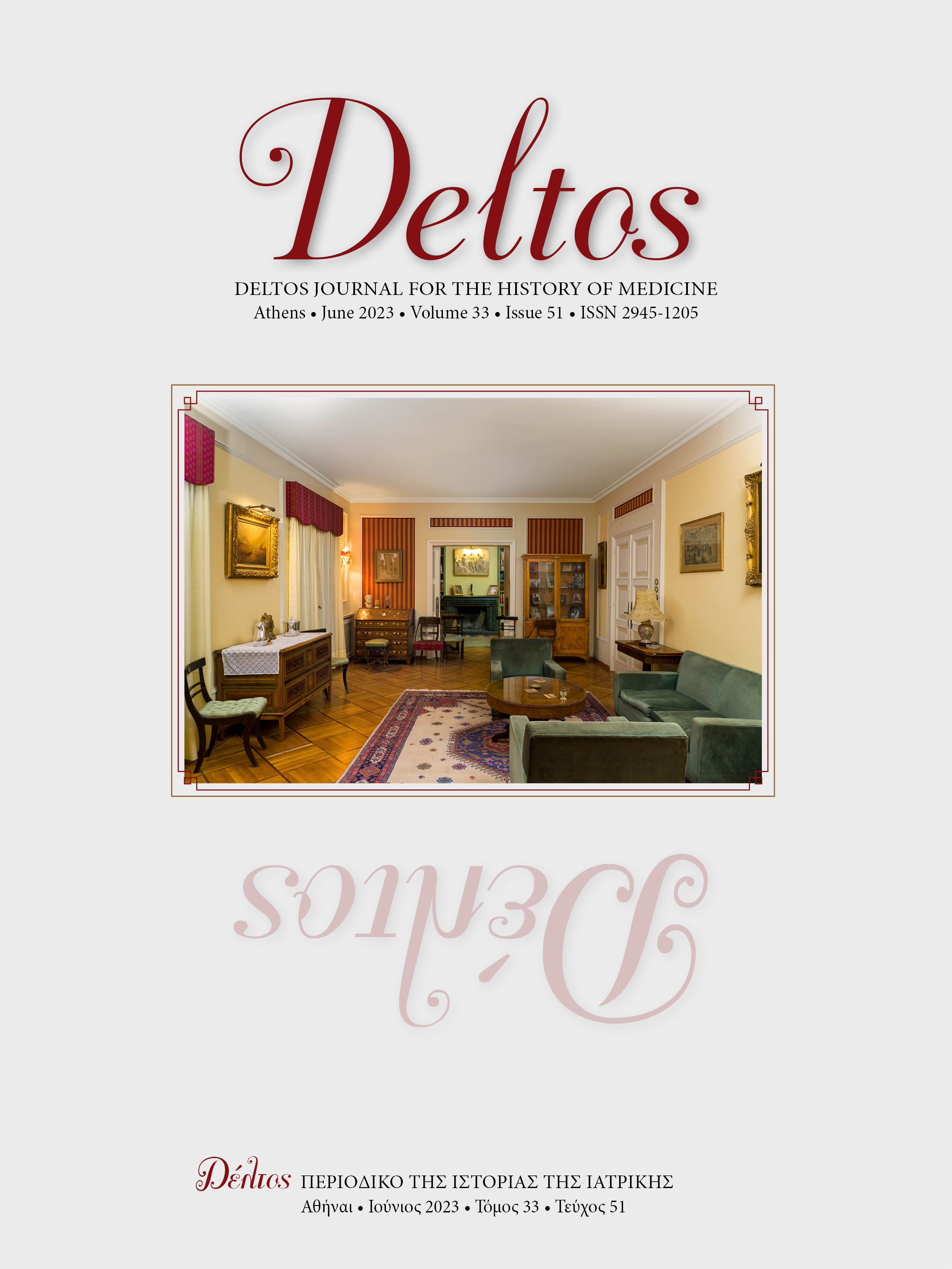Giorgio Armeno Baglivi - Reappraisal of a seventeenth century physician scientist

Abstract
The seventeenth century was an exciting transformative period of creativity in the generation of new medical knowledge. It was then that the scholasticism of the past was formally replaced by the new spirit of inquiry, experimentation, quantification, and validation that had originated in the Scientific Revolution of the previous century. It was then that within the prevailing notions of iatromechanics that anatomical observations at postmortem were linked to clinical symptoms of diseases and launched the discipline of pathological anatomy, and when the introduction of anatomical experimentation and quantification that was reasonably analyzed launched the discipline of physiology. It was also then that iatrochemistry transformed the alchemy of the past into chemistry and launched the quest for the elements that constitute matter. It is in this creative environment that Giorgio Armeno Baglivi (1668-1707), a disciple of Marcello Malpighi (1628-1694), was born, matured, trained and became a distinguished physician of the period. Reputed as a strict iatromechanist, careful scrutiny of the writings of Baglivi reveal a pioneering physician scientist with broader and more insightful views of the body in health and disease. He was a strong promoter of correlating postmortem findings to antemortem clinical symptoms of patients that would lead to the emergence of pathology and the nosography of disease. In dealing with the circulation, he was limited in addressing the composition of blood, but considered the maintenance of fluid equilibrium essential to normal bodily functions. He attributed acute diseases to changes in fluid composition and equilibrium, and their progression to chronicity to the solidification of those changes in affected organs observed at autopsy. It would take three centuries of investigation and technological developments to resolve these problems of homeostasis as we understand them now. The difficulties Baglivi faced in dealing with them is a classic example of the intellectual hardships that pioneers in the scientification of medicine had to toil with in the seventeenth century to bring medicine to its present stage of a scientific discipline rather than just another professional occupation.
The seventeenth century was a transformative period when the concepts and methods of the Scientific Revolution that were developed in the previous two centuries were tested, verified, validated, enriched, and by the close of the century set the stage for the Enlightenment that followed. It was a time when new medical knowledge was made, exchanged, and spread. It was then that scholasticism was formally replaced by inquiry and forums for their consideration and evaluation created under the patronage of local authorities such as the Accademia dei Lincei in Rome in 1603, the Accademia del Cimento in Florence in 1657, the Royal Society of Medicine in London in 1662, and the Académie des Sciences in Paris in 1666. It was a time that fostered the exchange of ideas by the distribution of relatively short, published tracts and by correspondence between its primaries, which by the end of the century evolved into the self-proclaimed “Republic of Letters” of the intellectual community that would blossom into the Enlightenment which followed. It was the time when the 1543 “Fabrica” (structure) of Vesalius (1514-1564) evolved and was incorporated into the “anatome”, “anatomia”, and “anatomica” in the title of the books and tracts published then (Fig. 1).
Article Details
- How to Cite
-
Eknoyan, G. (2024). Giorgio Armeno Baglivi - Reappraisal of a seventeenth century physician scientist. DELTOS, 33(51), 66–72. https://doi.org/10.12681/dj.38113
- Issue
- Vol. 33 No. 51 (2023)
- Section
- Research Papers

This work is licensed under a Creative Commons Attribution-NonCommercial 4.0 International License.


